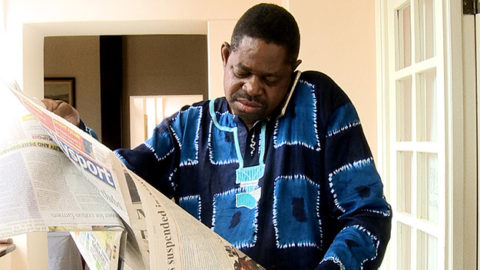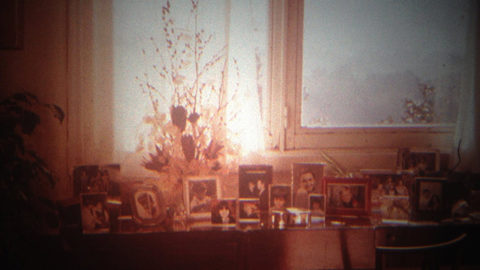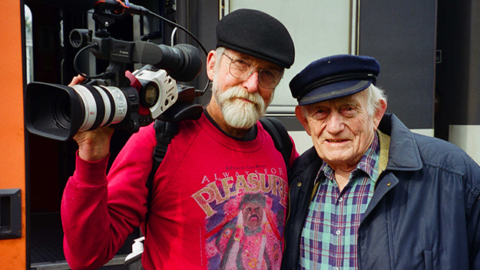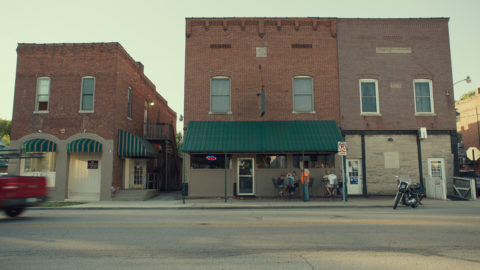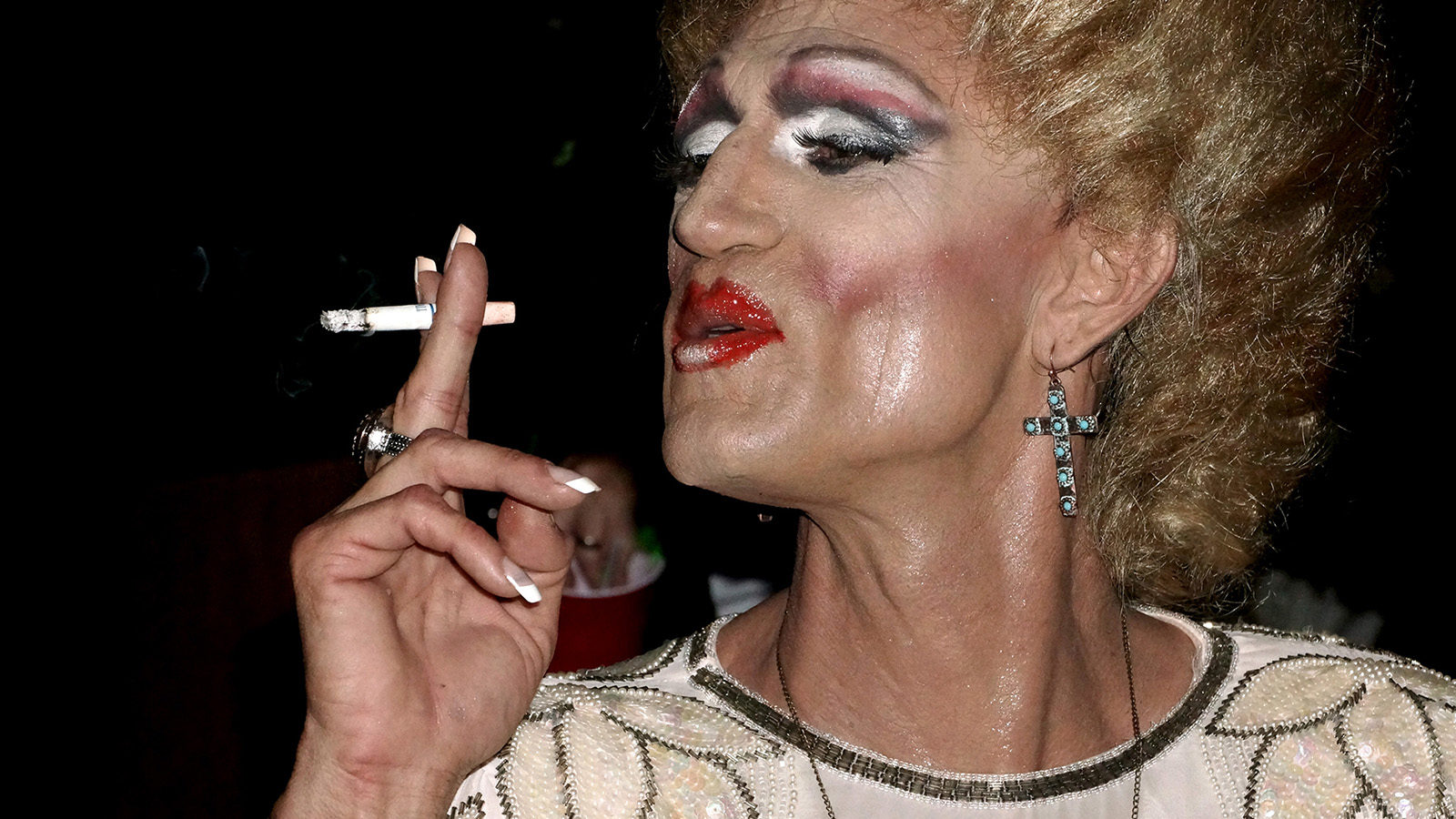
Make It Real: Notes on Nonfiction Camp
It’s a truism of comedy: what’s funny to some may not be funny to others. But the effect of such a disparity can be dicier in documentary. If you find yourself not laughing, and alienated by others’ laughing, it can be tempting to find that laughter suspect. We might blame the film and filmmakers for eliciting it, and judge the film and its audience for judging the people on screen.
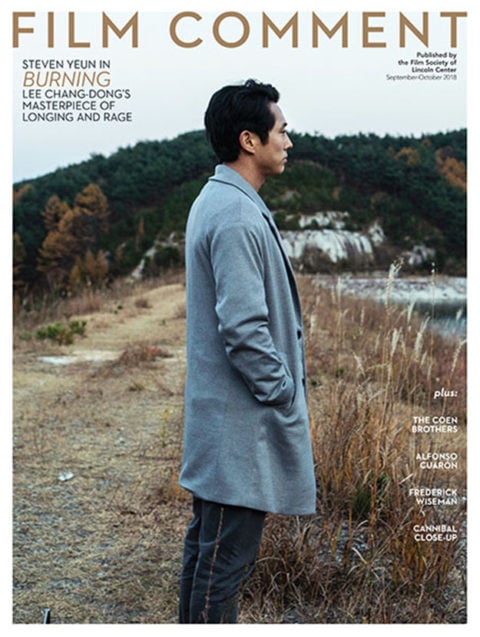
That something so natural can also be so bedeviling makes comedy in documentary both endlessly fascinating and frustratingly stunted. Even when filmmakers successfully thread comedy throughout a nonfiction narrative without diminishing or making punch lines of their characters—recent exemplars include Dina (2017), Breaking a Monster (2015), and Ne me quitte pas (2013)—critical reception and distributor confidence tend to fall short. We may poke fun at ourselves and those we love all the time, but apparently life on screen can’t be a laughing matter. Humor in documentary is often an agent, catalyzing deeper engagement or endearment, strategically prepping us for when things get complicated. In the case of political, propagandistic, or exhibitionist works (Michael Moore, Morgan Spurlock, Tickled), it can be used to foment outrage, condemn, or mock, and is often more sustainable throughout a film’s duration. Yet the success and pervasiveness of films like these can negatively color our feelings about laughter in documentary in general.
All of this winds up flattening and simplifying critical appraisals of comedic documentary to binary questions of whether we should be laughing or not. Enter Donal Mosher and Michael Palmieri’s hilarious and fundamentally subversive The Gospel of Eureka, which opened in competition at this year’s SXSW, though I caught it at Sheffield Doc/Fest in June. Talk about audience unease: there’s a particular kind of tension—bundling curiosity, excitement, and dread—to watching a regionally specific film from one’s own country in a foreign setting. You’re always in two places at once in the cinema, but overseas, hearing responses that might not map onto yours, can leave you explicitly, consciously dissociated. Make it an Arkansas Bible Belt–set, flamboyant southern yarn, presented to a predominantly English and Continental crowd, and good luck guessing who’s laughing with (or at) whom, and why.
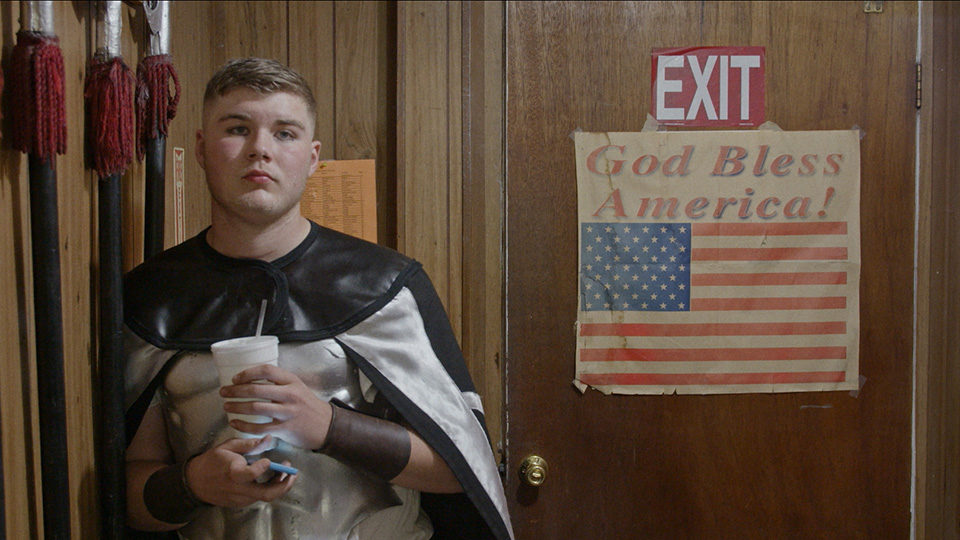
At least initially, the film seems to unambiguously court laughter. In the cinematography, in the editing, regarding the behavior of its subjects, the register is comedic. In fact, we meet citizens of Eureka Springs, Arkansas (pop. 2,073), home to both a long-running outdoor Christian passion play and a politicized LGBTQ population, much as how we meet characters in a Christopher Guest film. (What Guest had nicked from small-town Americana documentaries like Errol Morris’s Vernon, Florida, Mosher and Palmieri have stolen right back.) One after another, locals address unseen interlocutors just outside of the frame, awkwardly offering a tour of their home or work spaces, demonstrating the tools of their amateur trades, blinking back at the camera for a beat too long. Kent Butler, who plays Jesus in the play shows off the cross he hangs from nightly; he also assures us that the visible bird poop will be cleaned by showtime. Production CEO Randall Christy brags about a gallery of “priceless” Christian art, all of which is howling kitsch. It might seem like we’re being primed to laugh at the Christians from a cultured remove, especially when the next people we meet are Lee Keating and Walter Burrell, the couple who own Eureka Live, a gay tavern in town—“a hillbilly Studio 54,” according to Lee—that showcases drag performers. Except, as we quickly learn, Lee is also a Christian. As are numerous other socially liberal-leaning townspeople we subsequently meet: a gay pastor, a young father who owns a Christian-themed clothing store, and a transsexual woman. “God has no problem with me,” Roxie Howard says. “I don’t see faith as a barrier to being who I am. I see faith as a reason for who I am.”
So how are we to understand the film’s humor, and our impulse to laugh, if it’s not a matter of liberals mocking conservatives, or atheists condemning believers? Its ace employment notwithstanding, perhaps comedy isn’t quite the right lens for what’s going on in The Gospel of Eureka. Perhaps comedy is more of an accent for a much deeper tonality: camp. But camp’s not just a tonality; it’s also a language, a modality, a perspective, a methodology. Structurally, the film proceeds as an alternating, evenly paced two-hander, cutting between the flamboyantly heteronormative passion play and drag shows at Eureka Live, from backstage preparations at one to playful banter at the other, from life-size crucifixes under the stars to deliberately chintzy decorative idols at the bar. One is viewed and understood via camp, the other is performed and embodied as such. Participants may differ in awareness of this perspective—it’s doubtful those performing the passion play would see or could even comprehend their work as campy—but each side of this diptych is viewed with equanimity: archly, hilariously, and lovingly.
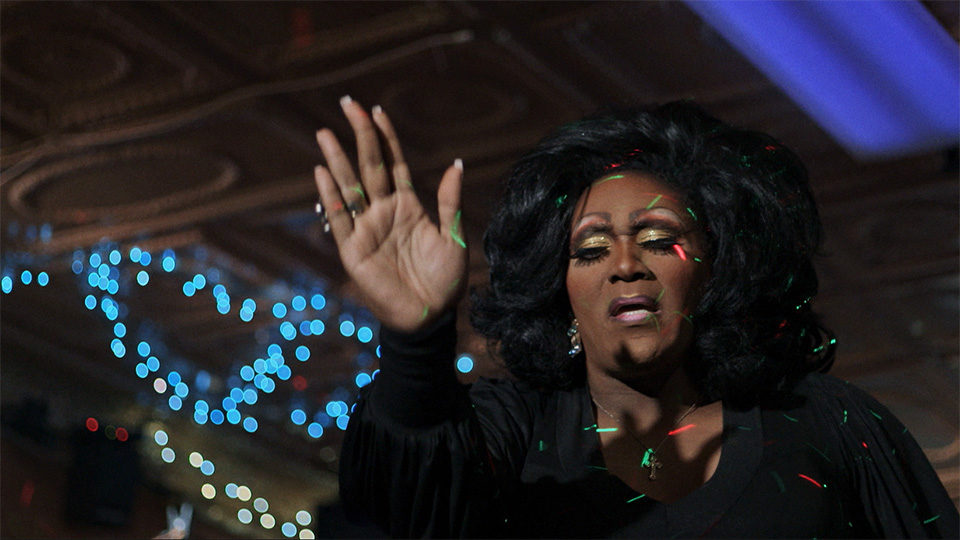
This isn’t quite the understanding of camp as discussed by Susan Sontag in 1964 in “Notes On ‘Camp’,” though her observations, which helped popularize (and in some respects water down) the concept, can still apply and compel. It’s more that of gay artists and theorists of the decades that followed, who restored camp to its inherently political, thoroughly radical, unequivocally homosexual provenance. In her essay “Role Models” in 1972, Esther Newton wrote, “camp usually depends on the perception or creation of incongruous juxtapositions. Either way the homosexual ‘creates’ the camp, by pointing out the incongruity or by devising it.” This echoes with, but also pushes past Sontag, who wrote, “Camp is either completely naive or else wholly conscious (when one plays at being campy).” And that’s precisely what Mosher and Palmieri have done, devising The Gospel of Eureka as one grand and glorious juxtaposition, a camp creation that points out the incongruity of tackily performed Christian worship, as well as that of of a thriving LGBTQ community in a place popularized by Bible-thumping bigots like Anita Bryant and Gerald L.K. Smith, a mid-century clergyman who commissioned the cartoonish “Christ of the Ozarks” statue that towers over the town. In fact the whole affair is comprised of juxtapositions—Christian ritual with queer ritual; observational documentary with stylized, Southern storybook affect (exemplified by narration written by Mosher and crucially performed by New York cabaret legend Justin Vivian Bond); even humorlessly (and thus hilariously) reverent lip-syncing set against an exquisitely heightened lounge act variant.
Yet The Gospel of Eureka goes further than provocative, transformative juxtapositions. It radically redefines Christian performance through the lens of queer performance, Christian faith through the lens of queer experience. Deep into a narrative defined by these alterations, the filmmakers perform an act of formal and spiritual resurrection, cutting back to footage of someone we’ve already learned has died, and keeping him among the living for the rest of the film. The notion of resurrection is Christian, but here it’s been appropriated and improved upon by camp. It’s then that we cut back to the passion play, and it’s really only then that we can truly celebrate it, that we can appreciate it on these different terms—as drama, as trauma, as gesture, as something worthy of our appropriation. It’s got camp grandeur now. It’s been blessed. When Christ got lifted into the heavens via stage hydraulics, the audience in Sheffield cheered raucously. It’s doubtful they ever would have reacted that way had they viewed the performance straight through. It was camp that provided the magic, camp that gave it meaning. Camp that baptized this diorama with laughter in order to reclaim it anew. The film then cuts on crescendoed sound back to a full-throttle number at Eureka Live, and thank God.
It called to mind one of the final spoken lines of the enduringly great Paris Is Burning (1990), itself a formally radical chronicle of an enrapturing gay subculture. “In a religious community they want to pray together a lot, right?” a 16 year-old street kid says to the unseen director Jennie Livingston. “Well, this gay community, they, like, want to be together.” What Mosher and Palmieri have done is invert the syntax of that beautiful statement. They show a gay community that wants to be together, and makes that a model for community, for worship, for prayer, a model that others could stand to emulate, and one that has the power to bless and redeem and exalt all comers, whether those comers ever get it—the joke, point, the motherloving meaning and purpose of life—or not. Sure, it’s a comedy. It’s also a redemption story, as radical as it ought to be, offering nothing less than the recasting of society in a resolutely, divinely queer image.
Eric Hynes is a journalist and critic, and curator of film at Museum of the Moving Image in New York.



